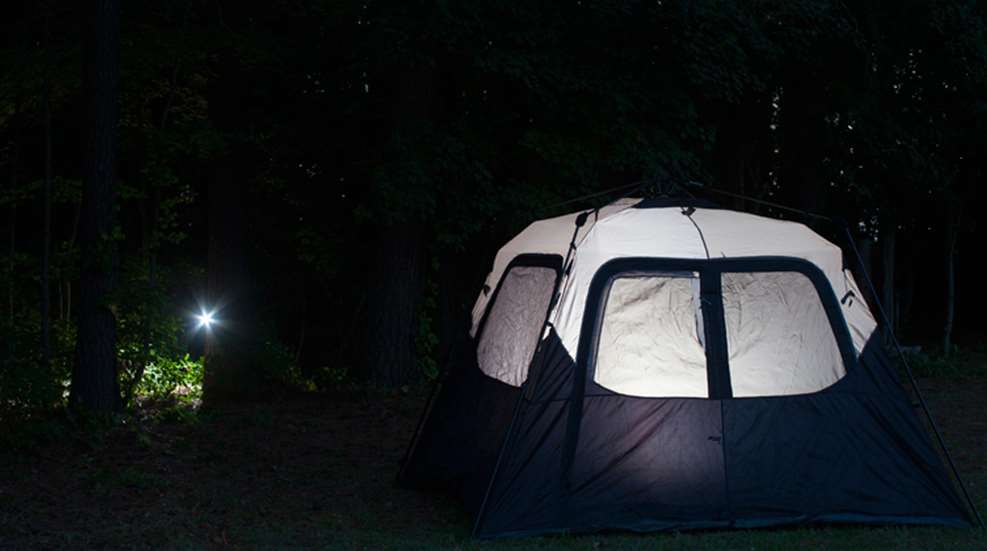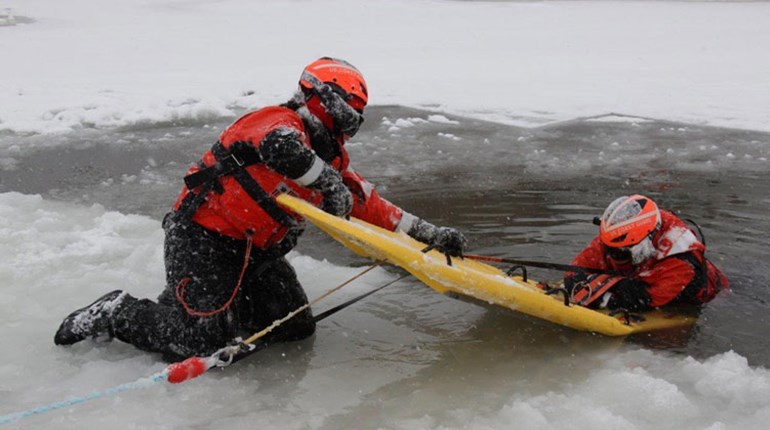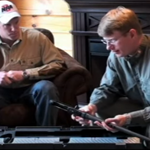
L.O.S.T. No other letters in the alphabet are capable of sending chills down the spine of even the most experienced outdoorsman faster than these four—in this order, at least. Last November’s discovery of Geraldine Largay’s body, who went missing from the Appalachian Trail in 2013, is a tragic reminder of just how deadly things can get, even when you follow expert advice and somehow manage to survive nearly a month waiting for rescue.
Authorities spared no effort when the 66-year-old’s husband reported her missing after she failed to meet him at a pre-arranged spot along the trail. Despite a search so extensive that it generated a 1,579-page final case report, the massive effort fell short of saving her in an area of Maine so remote that the U.S. Navy uses it for Survival, Evasion, Resistance and Escape courses.
There’s no shortage of armchair quarterbacks claiming her fate was sealed with the decision to set up camp and remain there for nearly a month. It’s unfortunate, too, because some hunters, hikers and outdoor enthusiasts may be questioning the wisdom of staying put when seriously lost, but there are reasons not doing so only increases the odds of meeting a similar tragedy.
The critics may not entirely be wrong, but I witnessed a lot in the dozen years I worked with a Mountain Rescue Association-affiliated organization, and somewhere in the hundreds of operations I learned it was fruitless to second-guess the moves people make when they’re lost. You can learn from their mistakes, and use that information to help others in the future, but no two searches or victims are identical. The terrain that lures us outdoors varies, environmental conditions change by the minute and so do skillsets as fatigue and panic set in. That kind of moving target, so to speak, means there is no blanket advice absolutely guaranteed to prevent tragedy. They were doing what they thought was right for them at that moment in time, in that place.
There are, however, a few undeniable facts. First and foremost, hundreds of people get lost every year and survive—so if you find yourself in that situation, there’s no reason to panic. It happens, even to the best. One of the best rescue members I knew was the subject of a multiple day search years before he signed up.
Second, that “stay put” advice is a mathematically sound. Basic geometry dictates the area of a circle is πr2, which means you exponentially increase the acreage teams must scour to find you with every step. For example, if a search coordinator knows you’re capable of walking 1 mile in the hour you were lost, searchers have to cover roughly 3.14 square miles—because you could have gone in any compass direction for that mile, so search diameter is 2 miles, radius is 1 and π is around 3.14. That’s a lot of ground to pound, but if the search isn’t started until hour four, the number increases to more than 48 square miles. Good luck with that.
The example is grossly oversimplified, but highlights just how quickly a relatively minor disorientation can become deadly if your first thought is to keep moving. In reality, authorities usually dispatch hasty teams to certain locations/trails, followed by more thorough searchers who deliberately move slowly and methodically, and even overnighters whose mission it is to occupy strategic locations to signal and watch for signs of the victims. Experience, both in the region and topography, victim skillset and past missions dictate the mix. If aircraft are available, it’s a bonus, but their search pattern supplements ground troop efforts and nearly everything begins at the victim’s point last seen (PLS) or planned route. Search and rescue resources are limited, so those sites are given immediate priority in hopes that the person stayed put, is wandering nearby, or is injured and immobile in the area.
Largay’s PLS was the Poplar Ridge lean-to on July 22, 2013. Her hiking companion abandoned the bucket-list quest because of a family emergency, so she was alone, and the fatal misstep came later that morning. During a bathroom break she lost track of the trail and at 11 a.m. began her first of 11 unsuccessful attempts to punch through a text message. Her efforts the next day to contact her husband failed again, so she set up her final camp on a raised knoll.
On July 24, George Largay contacted authorities, explaining his wife didn’t show at a prearranged rendezvous site. The exhaustive search was mounted immediately, and teams working the trail came within at least 3,000 yards of her at least once.
More than two years later her remains were discovered in her sleeping bag, inside a zippered tent. It appeared there were efforts to light a fire. If she blew her whistle, it probably wasn’t at the moment searchers were within earshot. Cause of death was exposure coupled with lack of food and water. A detailed journal of her ordeal was recovered and returned to her family.
Critics claim, perhaps rightfully, at some point it was time for her to pack up and look for civilization. There’s no denying those finite rescue resources were stretched paper-thin after a week or so, and search patterns widened to needle-in-a-haystack proportions. But, at 66 years old and after 7 days of meager and dwindling rations, we don’t know if she was in good enough physical condition to safely walk far—and haul the gear to survive the elements. One misstep in her exhaustion could mean instant death. Traveling without supplies might result in a slower one. We may never know the answers, because the majority of her final journal entries were private in nature, and rightfully kept confidential by her family.
The real lesson—if there is one—in her tragedy is the fact that simply sitting down and waiting isn’t the only thing you should do. Search and rescue uses the term probability of detection (POD), a rough numeric expression of the odds a victim will be seen by searchers. For example, someone using a signal mirror on a sandy and flat desert in the early morning before mirage has a POD approaching 100 percent if teams get within 100 yards. The number goes down with distance, time of the day, searcher fatigue, victim condition and a variety of other factors.
Improving your POD, whether moving or not, goes a long way toward being rescued. A fire at night can be seen by trap teams on promontories from considerable distances. Its smoke can drift and be smelled for miles. Helicopter crews can’t see everything, so a signal mirror is a great asset, and brightly colored clothing tied high in trees signals for help even when you’re napping.
And with every day that passes, the search approach slightly modifies. At some point, teams resign themselves to the fact they’re probably looking for a hard-to-find body, so they slow down, and sometimes skip days to replenish supplies and souls. That fact alone makes it obvious Largay’s chances of survival would have increased if she packed up and moved after a week or two, but was she able and did she know which direction to head? I’ll let you decide, because—like I said before—I stopped second-guessing victims a long time ago. All I can say for sure is her initial decision to maximize her POD by staying put was the right one.






































